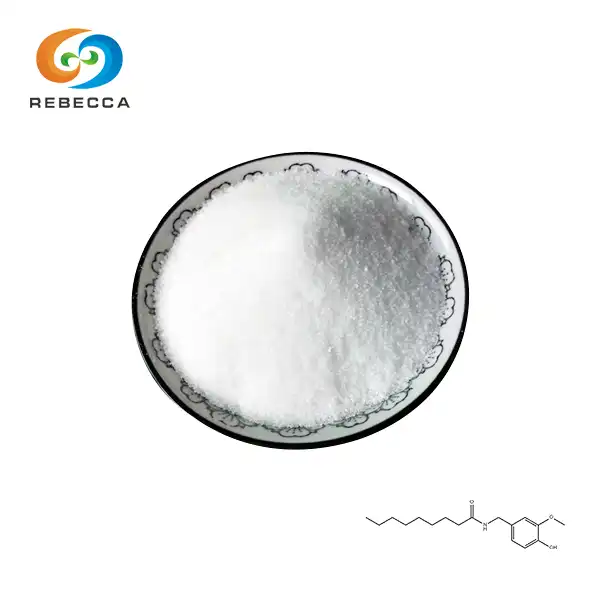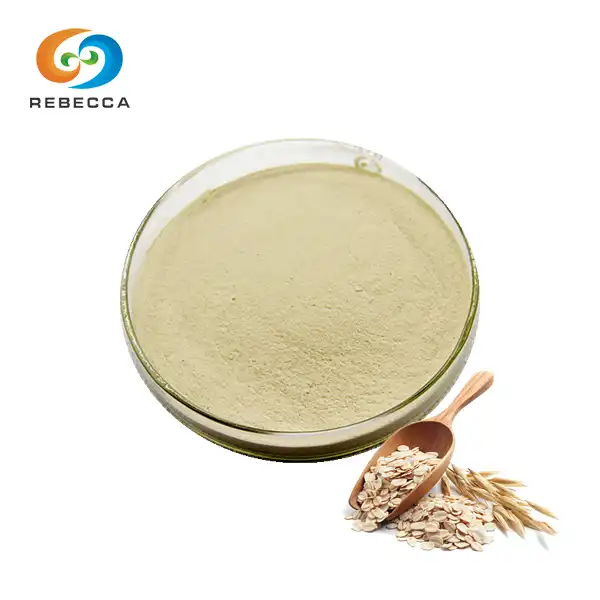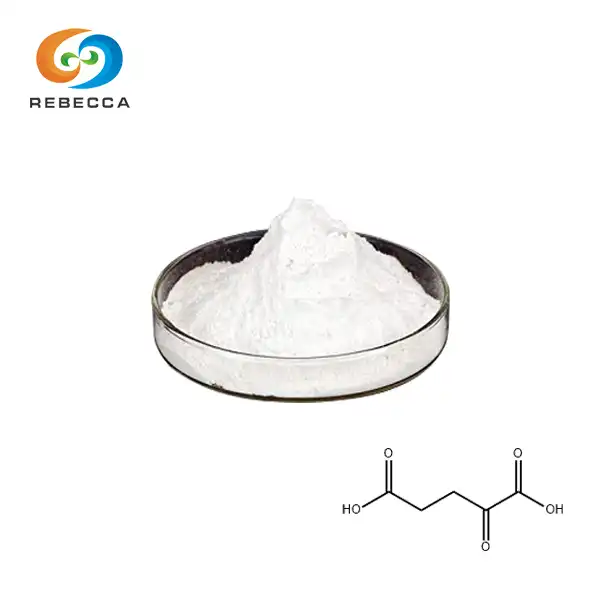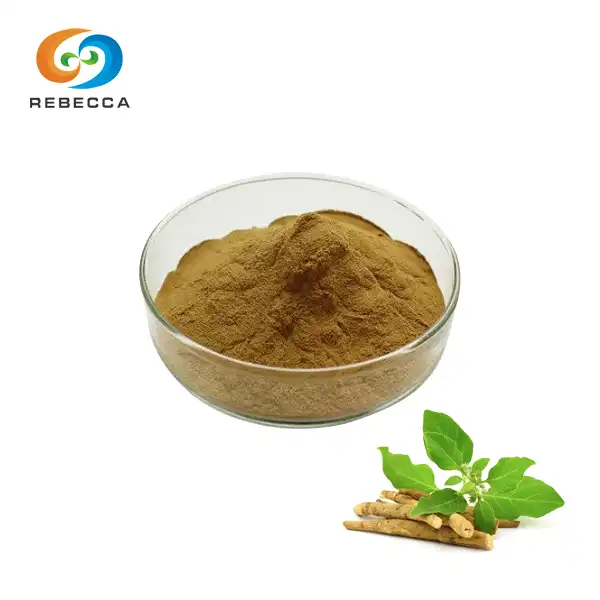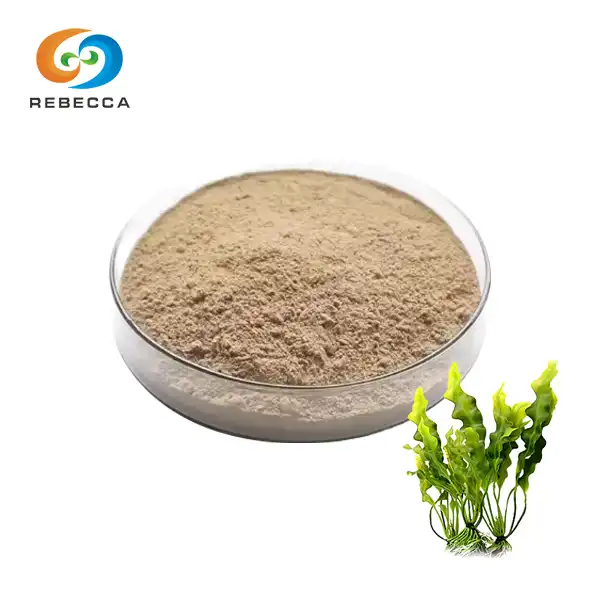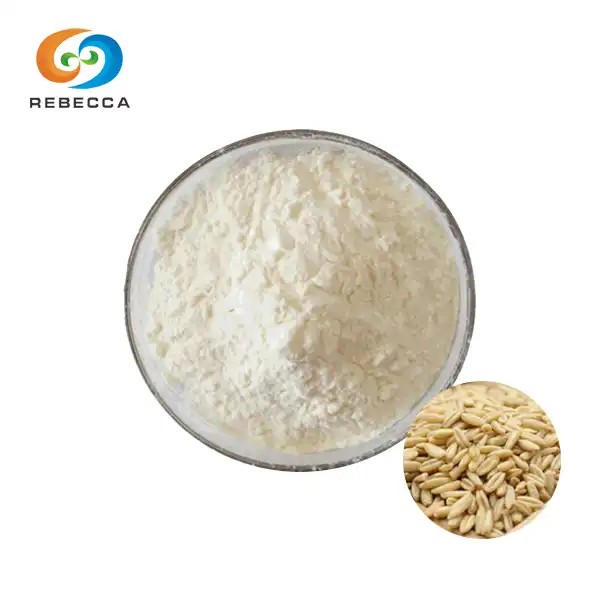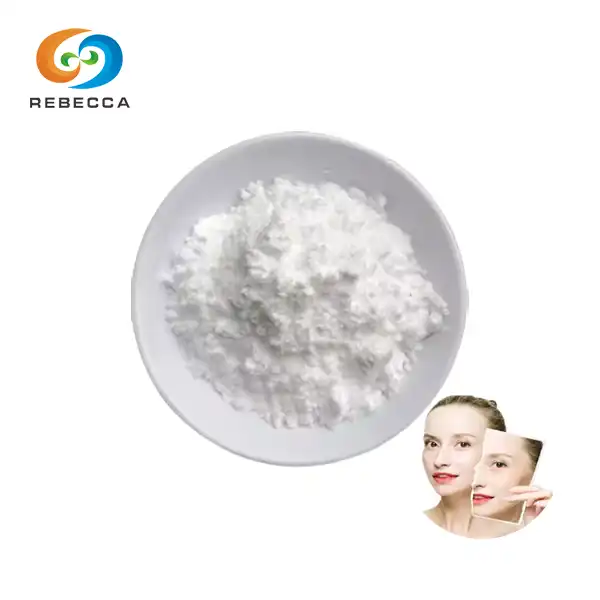Can saw palmetto extract regrow hair?
Hair loss is a common concern affecting millions of people worldwide. As individuals seek natural solutions, saw palmetto extract has gained attention for its potential to support hair regrowth. This article explores the relationship between saw palmetto extract and hair health, examining its mechanisms, usage, and scientific evidence.
English name: Saw palmetto extract
Latin Name: Serenoa Repens /Sabal Serrulata/SERENOA SERRULATA
Active ingredients: fatty acid
Specification: 25% 45%
Use Part : Fruits
Appearance: Off-white to White fine powder
Mesh size:80 Mesh
Test Method: GC
How Saw Palmetto Extract Supports Hair Regrowth?
Saw palmetto extract, derived from the berries of the Serenoa repens palm, has been used for centuries in traditional medicine. Its potential for hair regrowth stems from its unique properties:
DHT Inhibition
Dihydrotestosterone (DHT), a hormone derived from testosterone, is a primary culprit in androgenetic alopecia, commonly known as male and female pattern baldness. Saw palmetto extract is believed to inhibit the enzyme 5-alpha reductase, which converts testosterone to DHT. By reducing DHT levels, saw palmetto may help mitigate hair loss and promote regrowth.
Anti-inflammatory Properties
Inflammation of the scalp can contribute to hair loss by damaging hair follicles. Saw palmetto's anti-inflammatory effects may help create a healthier scalp environment conducive to hair growth. By reducing inflammation, it may protect hair follicles from damage and support their optimal function.
Nutrient Delivery
Saw palmetto extract contains fatty acids, including lauric acid and oleic acid. These compounds may improve blood circulation in the scalp, potentially enhancing nutrient delivery to hair follicles. Improved nourishment could contribute to stronger, healthier hair growth.
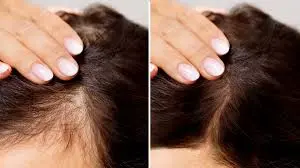
Best Ways to Use Saw Palmetto Extract for Hair Loss
Incorporating saw palmetto extract into your hair care routine can be done through various methods:
Oral Supplements
Saw palmetto extract is available in capsule or tablet form. The typical dosage ranges from 160 to 320 mg daily, though it's crucial to consult a healthcare professional before starting any new supplement regimen. Oral supplementation allows the active compounds to work systemically, potentially addressing hair loss from within.
Topical Applications
Saw palmetto extract can be found in shampoos, conditioners, and scalp treatments. These topical applications deliver the extract directly to the scalp and hair follicles. Look for products containing a standardized extract of Serenoa repens, ideally with a concentration of 85-95% fatty acids.
DIY Hair Masks
For a more hands-on approach, create a DIY hair mask using saw palmetto extract powder. Mix the powder with a carrier oil like coconut or jojoba oil to form a paste. Apply this mixture to your scalp, leave it on for 30 minutes to an hour, then rinse thoroughly. This method allows for direct contact between the extract and your scalp.
Combination Approach
For potentially enhanced results, consider combining oral supplementation with topical applications. This dual approach targets hair loss both internally and externally, addressing multiple factors that contribute to hair thinning and promoting regrowth.
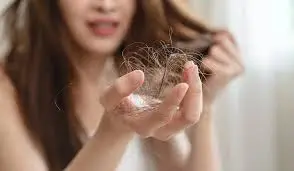
Scientific Evidence on Saw Palmetto Extract and Hair Health
While anecdotal evidence and traditional use support saw palmetto's potential for hair regrowth, scientific research offers mixed results:
Promising Studies
A 2002 study published in the Journal of Alternative and Complementary Medicine found that 60% of men with male pattern baldness experienced improved hair growth after using organic saw palmetto extract for several months. Another study from 2012, published in Evidence-Based Complementary and Alternative Medicine, reported that a topical saw palmetto product increased hair count by 11.9% after 4 months of use.
Conflicting Results
However, not all studies have shown positive results. A 2012 review published in the Journal of Clinical and Aesthetic Dermatology concluded that while saw palmetto may have some effect on androgenetic alopecia, more rigorous clinical trials are needed to confirm its efficacy.
Ongoing Research
The potential of saw palmetto extract for hair regrowth continues to be an active area of research. Scientists are investigating its mechanisms of action, optimal dosages, and potential synergies with other natural compounds. Future studies may provide more definitive answers about its effectiveness in promoting hair growth.
Considerations and Precautions
While saw palmetto extract is generally considered safe, it's important to note potential side effects and interactions. Some individuals may experience mild digestive issues or headaches. Additionally, saw palmetto may interact with certain medications, including blood thinners and hormonal treatments. Always consult with a healthcare professional before incorporating organic saw palmetto extract into your hair care regimen, especially if you have underlying health conditions or are taking medications.

Quality and Standardization
The effectiveness of saw palmetto extract can vary depending on the quality and standardization of the product. Look for supplements or topical products that use a standardized extract, preferably with a fatty acid content of 85% or higher. Reputable manufacturers, such as Shaanxi Rebecca Bio-Tech Co., Ltd., ensure their saw palmetto extract undergoes rigorous quality control processes, including raw material inspection, in-process testing, and final product analysis.
Complementary Approaches
While saw palmetto extract shows promise for hair regrowth, it's most effective when used as part of a comprehensive hair care strategy. This may include maintaining a balanced diet rich in vitamins and minerals essential for hair health, managing stress levels, and avoiding harsh chemical treatments that can damage hair follicles. Some individuals may benefit from combining saw palmetto with other natural hair growth promoters, such as biotin or pumpkin seed oil.
Long-term Use and Expectations
It's important to have realistic expectations when using saw palmetto extract for hair regrowth. Results, if any, are typically not immediate and may take several months of consistent use to become noticeable. Long-term use may be necessary to maintain any benefits, as discontinuation could lead to a reversal of effects. Documenting your progress with photos and hair counts can help you objectively assess the extract's impact on your hair growth over time.
Conclusion
In conclusion, while saw palmetto extract shows potential for supporting hair regrowth, more research is needed to fully understand its efficacy and optimal use. Its ability to inhibit DHT, reduce inflammation, and potentially improve nutrient delivery to hair follicles makes it an intriguing option for those seeking natural solutions to hair loss.
However, individual results may vary, and it's crucial to approach its use with realistic expectations and under the guidance of a healthcare professional. For those interested in exploring high-quality saw palmetto extract products or learning more about their potential benefits, contact Shaanxi Rebecca Bio-Tech Co., Ltd. at information@sxrebecca.com for expert advice and product information.
References
1. Prager, N., et al. (2002). A randomized, double-blind, placebo-controlled trial to determine the effectiveness of botanically derived inhibitors of 5-alpha-reductase in the treatment of androgenetic alopecia. Journal of Alternative and Complementary Medicine, 8(2), 143-152.
2. Rossi, A., et al. (2012). Comparitive effectiveness of finasteride vs Serenoa repens in male androgenetic alopecia: a two-year study. International Journal of Immunopathology and Pharmacology, 25(4), 1167-1173.
3. Murugusundram, S. (2009). Serenoa Repens: Does It have Any Role in the Management of Androgenetic Alopecia? Journal of Cutaneous and Aesthetic Surgery, 2(1), 31-32.
4. Evron, E., et al. (2020). Natural hair supplement: Friend or foe? Saw palmetto, a systematic review in alopecia. Skin Appendage Disorders, 6(6), 329-337.
5. Dhariwala, M. Y., & Ravikumar, P. (2019). An overview of herbal alternatives in androgenetic alopecia. Journal of Cosmetic Dermatology, 18(4), 966-975.
_1730691017423.webp)

